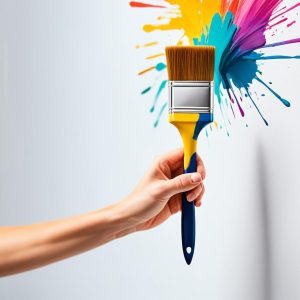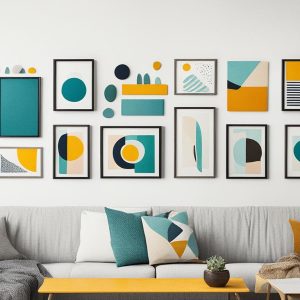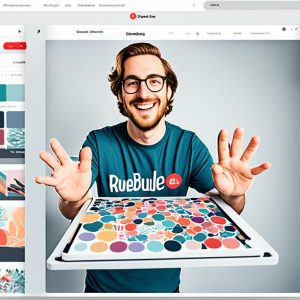Welcome to our in-depth exploration of the fascinating world of digital art and traditional art. In this article, we will compare the two art forms, highlighting their differences and examining the advantages and disadvantages of each. Whether you’re an artist curious about venturing into digital art or simply interested in understanding the unique qualities of each medium, this article will provide valuable insights. Let’s delve into the realm of digital art versus traditional art and discover their distinct pros and cons.
Key Takeaways:
- Digital art offers easy corrections, cost-efficiency, and convenient preparation and tidying up.
- Traditional art allows for unique lines and textures, physical connection with the medium, and originality.
- Advantages of digital art include easy editing, cost-saving, and enhanced processing capabilities.
- Traditional art provides a tactile experience, originality, and versatility with different mediums.
- Both digital art and traditional art hold value and have their place in the art world.
Advantages of Digital Art over Traditional Art
Digital art offers several advantages over traditional art. One major advantage is the ease of making corrections, as digital drawings can be easily edited and redrawn without damaging the paper or surface. This allows artists to experiment and make changes without fear of irreversible mistakes. In contrast, traditional artists often have to start over or work around mistakes, which can be time-consuming and frustrating.
Additionally, digital art eliminates the need to purchase art supplies repeatedly, resulting in cost savings in the long run. Artists can create countless pieces without worrying about running out of materials or incurring additional expenses. This accessibility makes digital art more affordable and accessible to a wider range of artists. Moreover, digital art offers convenience in terms of preparation and tidying up, as it can be started immediately with just a computer and software. There is no need to set up a dedicated workspace or spend time cleaning up after each session.
Another advantage of digital art is the ability to process the image digitally. Artists can easily make adjustments and enhancements to create more attractive illustrations. They can experiment with different color palettes, lighting effects, and textures to achieve the desired result. This flexibility allows for more creativity and exploration in the artistic process. Lastly, digital art simplifies the tracing process by allowing for easy replication and alteration of existing images. Artists can use digital tools to trace outlines, shapes, or reference images, speeding up the creation process and ensuring accuracy.
Table: A Comparison of Digital Art and Traditional Art
| Digital Art | Traditional Art | |
|---|---|---|
| Advantages |
|
|
| Disadvantages |
|
|
Advantages of Traditional Art over Digital Art
While digital art offers numerous benefits, traditional art also has unique advantages that set it apart. Here, we explore the advantages of traditional art over digital art, highlighting the value and appeal of this traditional form of artistic expression.
Tactile Experience and Unique Lines
One of the key advantages of traditional art is the physical connection between the artist and the medium. The tactile experience of holding a paintbrush or pencil and creating strokes on paper or canvas allows for a deeper connection with the artwork. Traditional art enables artists to express their creativity through unique lines and brushstrokes, resulting in a more organic and raw feel. These distinctive lines and textures bring a sense of authenticity and originality to traditional artworks.
Originality and One-of-a-Kind Pieces
Unlike digital art, which can be easily replicated and reproduced, traditional art offers one-of-a-kind pieces. Each work created through traditional methods is unique, making it exclusive and valuable. This exclusivity adds a certain charm to traditional art, as collectors appreciate the rarity and individuality of each piece. Traditional artists can experiment with different techniques, mediums, and tools, pushing the boundaries of their creativity and producing truly original artworks.
Versatility and Depth in Mediums
Traditional art provides artists with the opportunity to explore a wide range of mediums, such as oil paints, watercolors, charcoal, and clay. Each medium has its own distinct qualities and characteristics that can be manipulated to create depth and texture in the artwork. The process of working with these materials allows artists to experiment and discover new techniques, resulting in visually striking and captivating pieces. Traditional art also offers the freedom to combine different mediums, further expanding the possibilities for artistic expression.
Absence of an “Undo” Button
One aspect that distinguishes traditional art from digital art is the absence of an “undo” button. While digital artists can easily make corrections and revisions with a few clicks, traditional artists must carefully plan and execute their work without the luxury of immediate erasure. This limitation encourages traditional artists to be more intentional and focused, honing their skills and deepening their understanding of the artistic process. The absence of an “undo” button adds a sense of challenge and satisfaction to traditional art, making each stroke and decision more deliberate.
Traditional art offers a distinctive and irreplaceable experience for both artists and art enthusiasts. While digital art continues to gain popularity, the value of traditional art remains intact, cherished for its physicality, originality, versatility, and the inherent connection it fosters between the artist and their creation.
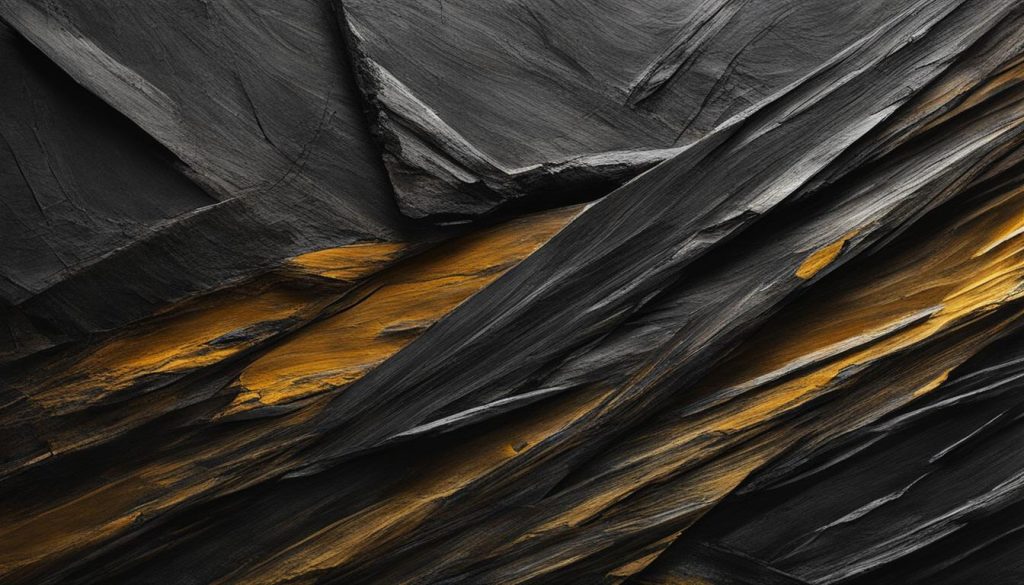
Digital Art as a Legitimate Form of Art
There has been ongoing debate regarding the legitimacy and value of digital art in the art world. Some question whether digital art can be considered “real” art, as it is created using digital tools and lacks the physicality of traditional art forms. However, it is important to recognize that digital art is indeed a genuine form of artistic expression, with its own unique qualities and contributions.
Digital art requires skill, creativity, and an artistic viewpoint, just like any other medium. The digital artist uses various techniques and software to bring their vision to life, manipulating colors, shapes, and textures to create visually captivating pieces. Digital art has gained widespread acceptance and recognition in various industries, such as photography, animation, film, and graphic design. It has become an integral part of contemporary art, pushing boundaries and exploring new possibilities.
Digital art is not limited by the physical constraints of traditional art mediums, allowing artists to experiment with new styles, techniques, and concepts. It offers a platform for innovation and encourages collaboration between artists worldwide. The internet and social media have also played a significant role in the recognition and dissemination of digital art, providing artists with a global audience and the opportunity to connect with fellow creatives.
As with any form of art, the value of digital art lies in its ability to evoke emotions, convey messages, and spark meaningful conversations. It challenges the traditional notions of what art is and opens up new avenues for artistic expression. While traditional art will always hold its place and unique qualities, digital art has carved out its own space in the art world, and its value should not be underestimated.
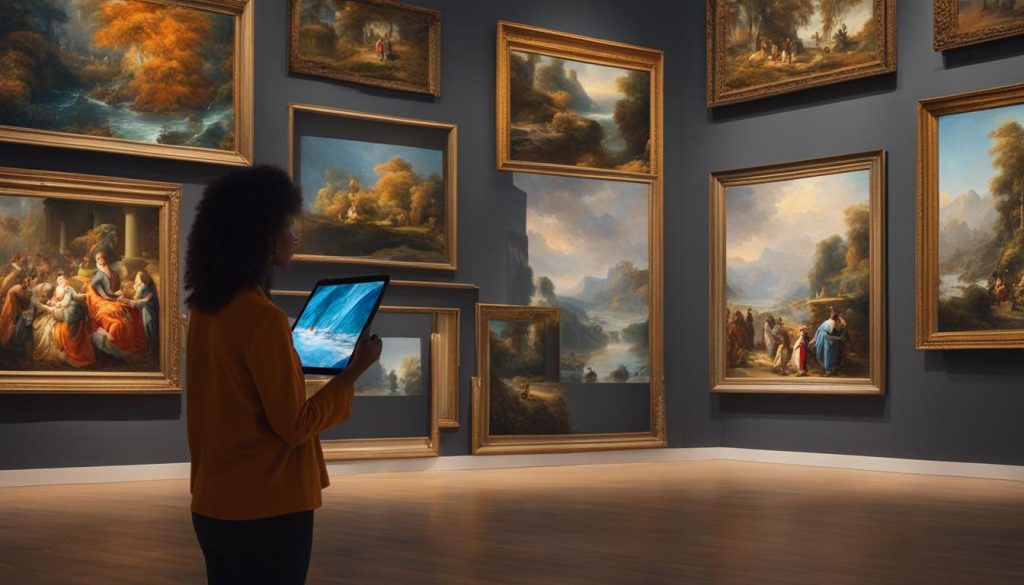
Table: Comparing Digital Art and Traditional Art
| Aspect | Digital Art | Traditional Art |
|---|---|---|
| Physicality | Exists in a digital format | Physical connection with the medium |
| Originality | Can be duplicated and shared | Unique, one-of-a-kind pieces |
| Mediums | Digital tools and software | Wide variety of traditional mediums |
| Editing | Can be easily edited and corrected | Requires physical alterations |
| Collaboration | Allows for easy collaboration and sharing | May require physical presence |
The table above provides a brief comparison between digital art and traditional art, highlighting some of the key differences. While digital art offers advantages such as easy editing and sharing, traditional art provides a physical connection with the medium and the ability to create unique, one-of-a-kind pieces.
Ultimately, the value of art is subjective and personal. Both digital art and traditional art have their own merits and can coexist in the art world. It is important to appreciate the diversity of artistic expression and recognize the value that digital art brings to the contemporary art landscape.
Conclusion
In conclusion, when considering digital art vs traditional art, it’s important to recognize that each form has its own unique strengths and weaknesses. Digital art offers convenience, cost-efficiency, and easy editing, while traditional art provides a tactile experience, originality, and versatility. Both digital art and traditional art have value and can coexist in the art world.
Ultimately, the choice between digital art and traditional art comes down to personal preference and artistic goals. Some artists may be drawn to the limitless possibilities and technological advancements of digital art, while others may prefer the hands-on approach and expressive qualities of traditional art. It’s not a matter of which is better, but rather a matter of individual artistic expression.
Whether you choose to embrace the digital realm or stick to traditional mediums, the important thing is to let your creativity soar. Experiment with different techniques, explore new possibilities, and find joy in the process of creating art. Both digital art and traditional art have their place in the art world, and the choice is yours to make.
FAQ
Is digital art better than traditional art?
Digital art and traditional art are two distinct forms of artistic expression, each with its own set of pros and cons. Whether one is better than the other depends on personal preference and artistic goals.
What are the advantages of digital art over traditional art?
Digital art offers advantages such as easy corrections, cost-efficiency, easy preparation and tidying up, the ability to process images digitally, and simplified tracing.
What are the advantages of traditional art over digital art?
Traditional art allows for a physical connection with the medium, originality, versatility with different mediums, and encourages deeper focus and careful planning in the artistic process.
Is digital art considered a legitimate form of art?
Yes, digital art is recognized as a legitimate form of art. It requires skill, creativity, and an artistic viewpoint, just like traditional art.
Can digital art be used in different industries?
Yes, digital art is used in various industries such as photography, animation, film, and graphic design.
Can digital art and traditional art coexist?
Yes, both digital art and traditional art have value and can coexist. The choice between the two depends on personal preference and the unique qualities an artist wishes to explore.
Share this content:

